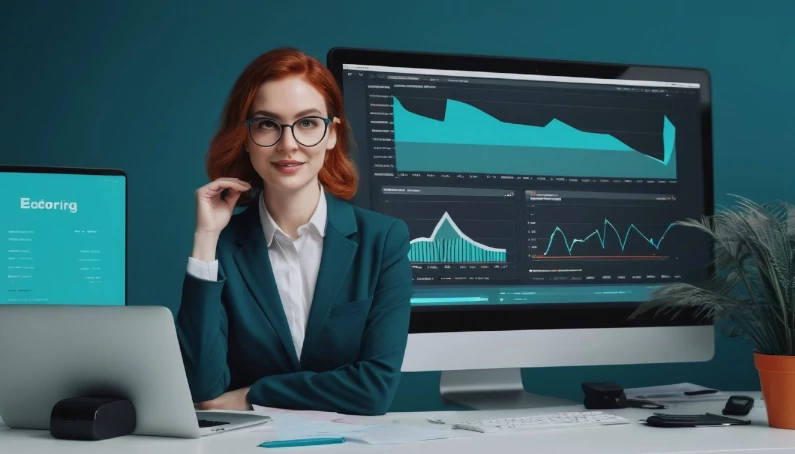Category: Blog
-
Wing, Google’s Drone Delivery Company, Expands Its Air Fleet
In today’s business world, Alphabet’s subsidiary, Wing, is expanding its aerial fleet. This step forward aims to meet the increasing demand of customers by optimizing the management of larger orders. Development and innovation Having completed over 350,000 deliveries, Wing, under the leadership of CEO Adam Woodworth, has proven its drones are continuously evolving and learning.…
Written by

-
Fact Checking on the web: here is Google’s Fact Check Explorer tool
In an age where the web and social media are saturated with information, distinguishing between fact and fiction can be a daunting challenge. Fake news and manipulated content are produced on a large scale, making it increasingly difficult to discern the truth. Fortunately, there are tools that can help us, including Google’s Fact Check Explorer , a…
Written by

-
Comprehensive Guide to SEO Audits
SEO audit is a critical process for any digital strategy. It provides a clear vision of how to improve a website to achieve better rankings, attract more organic traffic, and ultimately achieve online business goals. Definition of SEO Audit An SEO (Search Engine Optimization) Audit is a complete analysis of a website with the aim of…
Written by

-
Google DeepMind Scientists in Talks to Launch AI Startup in Paris
Two eminent scientists from Google DeepMind, Alphabet’s artificial intelligence division, are discussing with investors the creation of an AI startup in Paris. Laurent Sifre and Karl Tuyls, currently scientists at DeepMind, are considering a financing round that could exceed 200 million euros, a considerable sum in the vibrant AI sector. Sifre and Tuyls, renowned for…
Written by

-
Is the quality of Google Search results decreasing?
In an era where the Google search engine has become a fundamental element in almost everyone’s life, being used billions of times a day, we are witnessing a worrying decrease in the quality of its results. Lily Ray, Senior Director of Search Engine Optimization at digital marketing agency Amsive Digital, states, “This is the worst…
Written by

-
Samsung Galaxy S24 introduces Google’s “Circle to Search” for instant screen searches
“Circle to Search” and the updates to Google Lens represent a significant step forward in human-technology interaction, offering an increasingly smooth and intuitive user experience. In the increasingly interconnected world of mobile technology, Samsung and Google are taking a significant step forward with the introduction of the new “Circle to Search” feature on the Samsung…
Written by

-
The Revolutionary Impact of Artificial Intelligence in Science: Lila Ibrahim of Google DeepMind
In the fascinating context of the World Economic Forum in Davos , Lila Ibrahim, Chief Operating Officer of Google DeepMind, shared with Axios’ Alison Snyder a thought-provoking perspective on the role of artificial intelligence (AI) in science. According to Ibrahim, AI is offering a “completely different understanding of what exists” and is revolutionizing fields such…
Written by

-
Worldline and Google partner to revolutionize digital payments with cloud technology
Worldline (Euronext: WLN), a global leader in payments services, and Google, today announced a strategic partnership to leverage Google Cloud’s innovative cloud technologies to further power Worldline’s digital transformation. This is what we learn from an official statement from Worldline . The agreement also sees Google work with Worldline to deliver seamless online payment experiences…
Written by


